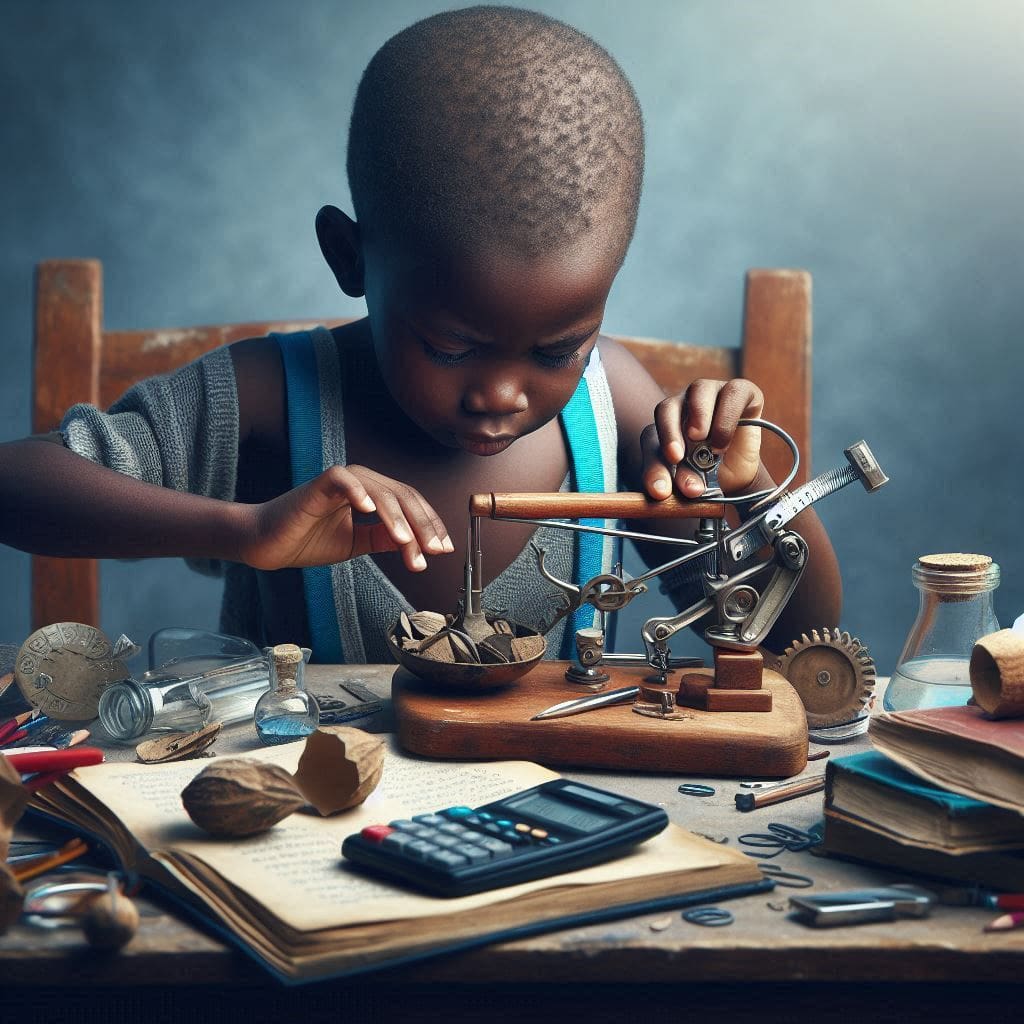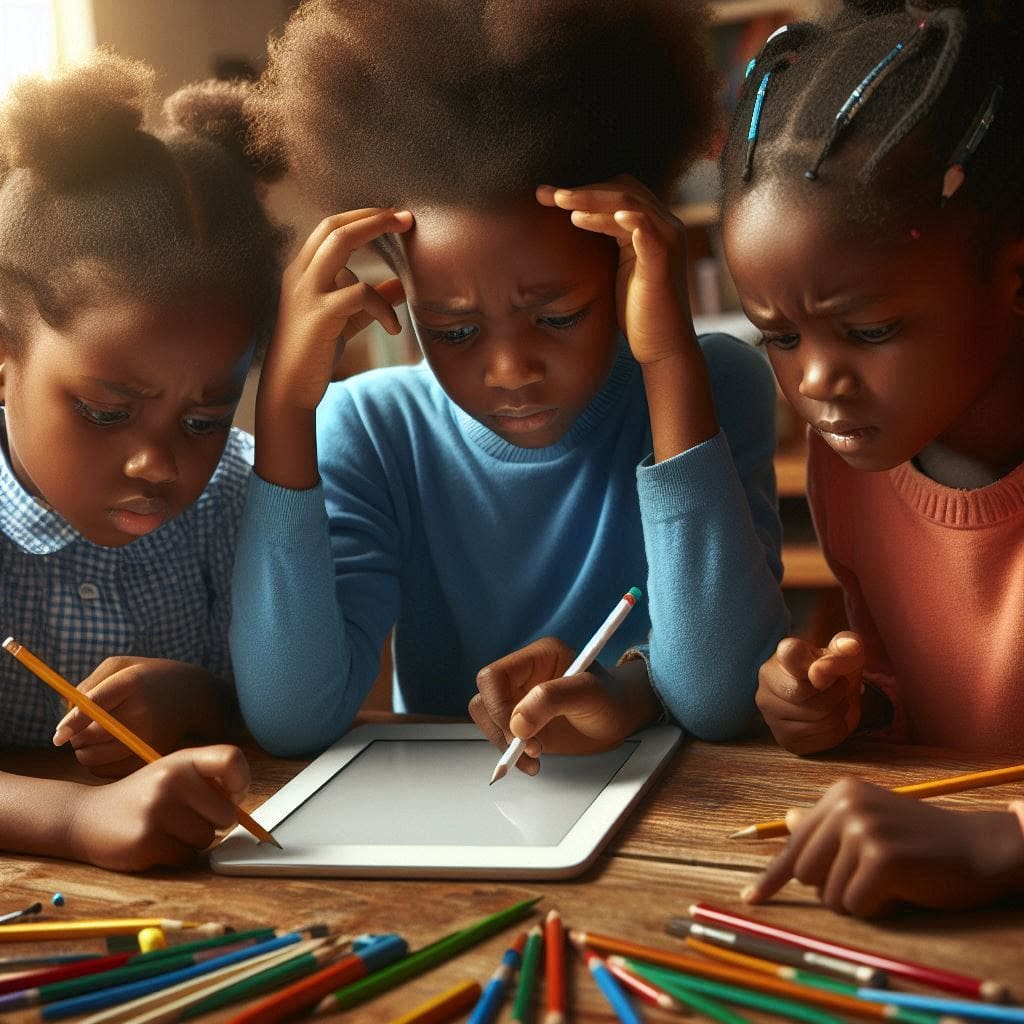
Have you ever watched a toddler trying to stack blocks? They reach, they grab, they wobble… and sometimes, CRASH! It might look frustrating, but then…a triumphant grin as they finally stack them high! This is the magic of trial and error, a natural learning process that’s crucial for a child’s development and well-being.
Trial and error is a powerful way for children to learn and grow. This method, which involves trying different solutions to find out what works best, helps kids in many ways. Let’s explore how trial and error can benefit your child’s development and overall wellbeing.
What is Trial and Error?
Trial and error is simply learning by doing. Kids explore, experiment, and see what works. They might stack blocks in silly ways, try to fit a round peg in a square hole, or “talk” on a banana phone. These attempts might not always succeed, but that’s the beauty of it!
Why is Trial and Error so Important?
Imagine a world where kids are told exactly what to do all the time. Sure, things might get done quickly, but they wouldn’t learn much!
Here’s why letting kids learn through mistakes is a positive thing:
- Boosts Problem-Solving Skills: As kids experiment, they figure out what works and what doesn’t. This builds their ability to tackle new challenges later in life.
- Sparks Creativity: There are no wrong answers in playtime! This freedom to explore fuels a child’s imagination and helps them come up with unique solutions.
- Builds Confidence: Every successful block tower or pretend phone call is a tiny victory. These small wins boost a child’s confidence and make them feel like capable explorers.
- Encourages Independence: When kids learn through trial and error, they rely on themselves to figure things out. This fosters a sense of independence and a can-do attitude.
- Enhances Learning: When children discover answers on their own, they remember the lessons better. This hands-on approach to learning makes the information stick, leading to better retention and understanding.
More Hidden Benefits of Making Mistakes:
- Little Scientists: Kids are like tiny scientists when they play! They learn by exploring what happens when they push buttons, drop things, or mix colors. This builds a love of science and discovery.
- Better Communicators: Playing with friends is full of trial and error too! Kids learn to share ideas, take turns, and solve problems together. This makes them better communicators.
- Resilience Champs: Sometimes things don’t go according to plan, and that’s okay! Trial and error teaches kids to bounce back from setbacks. They learn that mistakes are a chance to try again, which builds resilience, a crucial skill for future success.
- Promotes Emotional Growth: Dealing with challenges and setbacks helps children manage their emotions. They learn to stay calm and think clearly even when things don’t go as planned. This emotional growth is important for their overall wellbeing.
How to Encourage Trial and Error Play at Home:

We learned how trial and error helps kids become amazing learners. But how can we bring more of this magic play into their lives?
Here are some simple tips:
- Provide opportunities for exploration: Offer toys and activities that encourage open-ended play, like blocks, puzzles, and art supplies.
- Provide a Safe Environment: Create a safe space where children can experiment and make mistakes without fear of harsh consequences.
- Let them try (safely): It’s okay for kids to climb (supervised!), build precarious towers, or experiment with different ways to do things.
- Offer encouragement: Let your child know you’re proud of their effort, even if things don’t go perfectly.
- Focus on learning: Instead of getting upset about mistakes, talk about what they learned from the experience.
Let Kids Make Mistakes: Even More Ways to Spark Exploration at Home!
We’ve got more ways to bring trial-and-error fun into your home!
- Nature Play: Head outside! Explore, build forts, or climb (safely!). Nature is a giant learning playground.
- Messy Fun: Sensory play is awesome! Finger paint, build sandcastles, or play with dough. It’s messy, but builds creativity and problem-solving.
- Games & Chores: Make chores fun! Let them “help” sort laundry or “clean” with a spray bottle (supervised!).
- Story Time Fun: Read stories together, then act them out! This sparks imagination and problem-solving skills.
- Ask & Explore: Instead of giving answers, ask questions! “What happens if…?” or “How can we fix this?” This encourages them to think and try new things.
- Be Patient: Understand that learning through trial and error takes time. Be patient and supportive throughout the process.
Parting Words
Trial and error is an essential part of learning that offers numerous benefits for children. It builds problem-solving skills, encourages independence, fosters creativity, develops resilience, enhances learning, improves decision-making, and promotes emotional growth.
By supporting your child’s trial and error process, you can help them grow into confident, capable, and well-rounded individuals.
Remember: Mistakes are a natural part of learning! By embracing trial and error, you’re helping your child develop the skills and confidence they need to thrive.
Encourage your child to embrace trial and error, and watch them flourish!



